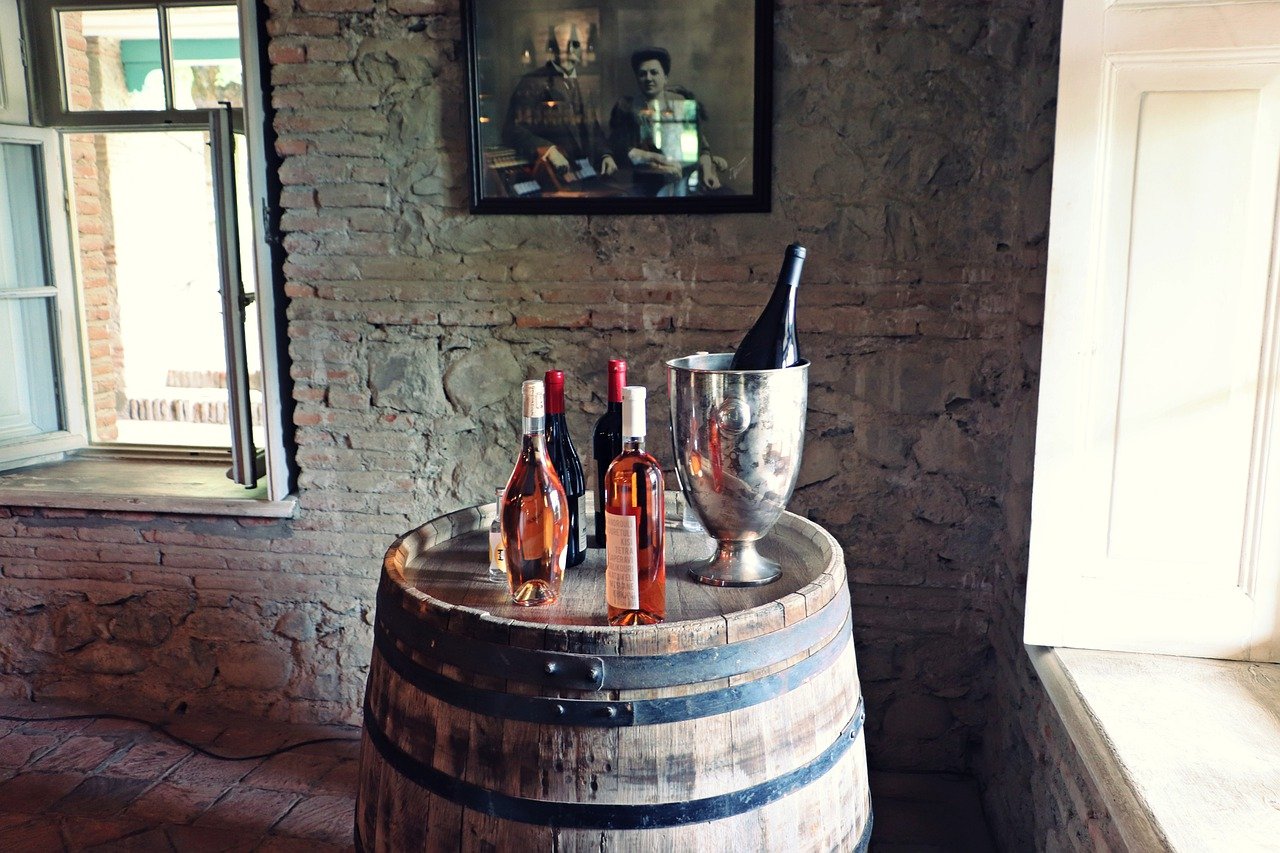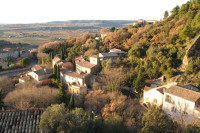Columns
The Wines of Georgia
Georgia is one of the oldest wine regions of the world. Archaeologists discovered there evidence of systematic grape cultivation and winemaking that date back to 6000BC. Even the word “wine” has its linguistic roots in the Georgian word “gvino”.
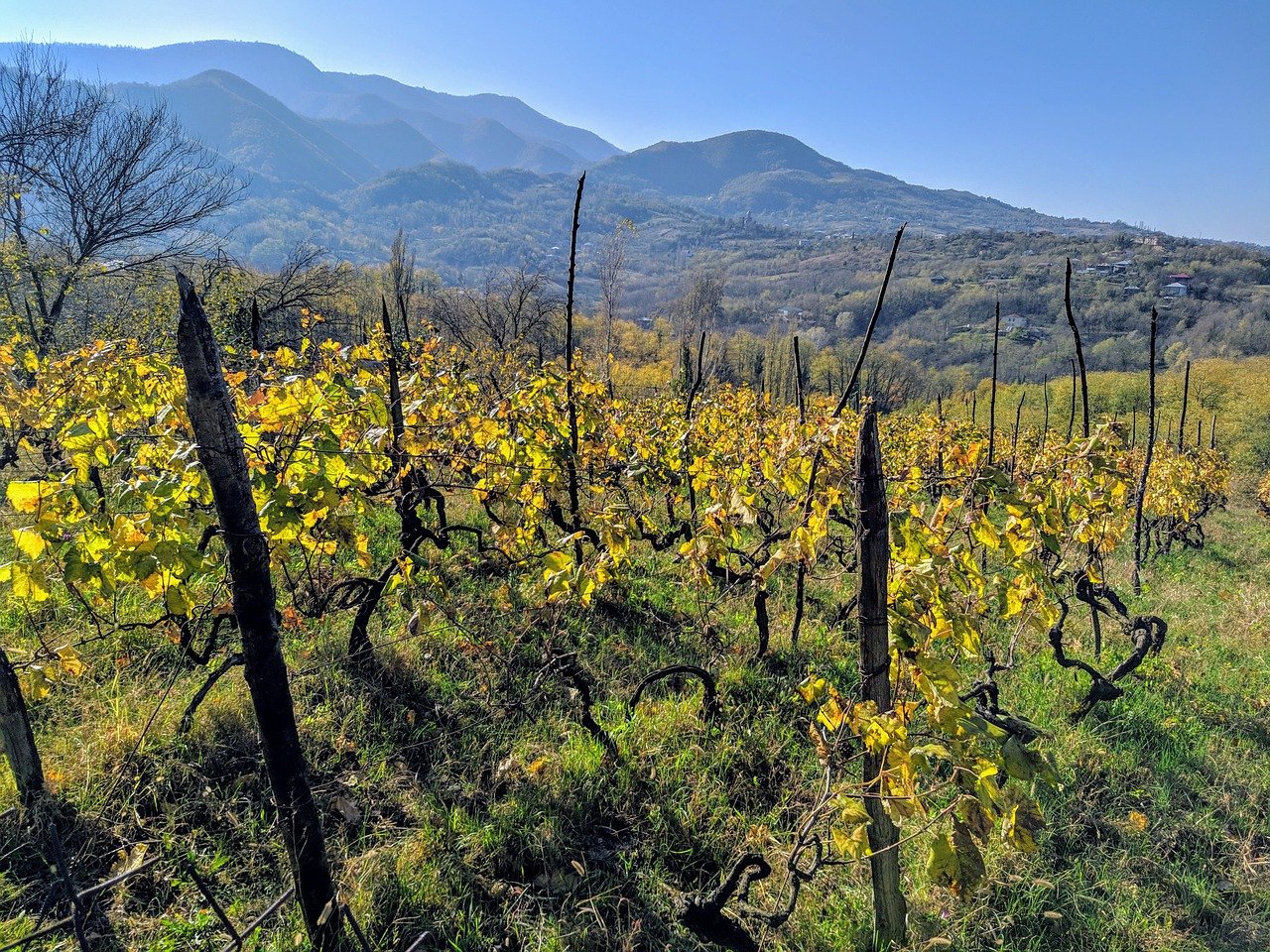
Image par Kakha Mchedlidze de Pixabay
The country is located where Asia and Europe meet. The Black sea is to its West, Russia is to its North, Turkey and Armenia to its South and Azerbaijan to its East. More than ⅓ of the country is in the mountains and the great Caucasus Mountain range forms Georgia’s border with Russia. For viticulture, these mountains are extremely important, as they form a natural barrier to the cold weather coming down from the north.
People in Georgia have been cultivating grapes and making wine in a way as unique as their county’s terroir for hundreds of years. After the harvest, whole bunches of grapes are put in large clay vessels buried in the earth. These vessels, called Kvevri, have a conical shape much like amphoras. They can be very wide and tall and are buried into the ground. Earth’s temperature is consistent and this makes Kvevri a very stable environment for fermentation with natural temperature control. Their unique pointed shape allows for sediment to collect at the bottom. After fermentation the wines are transferred to another Kvevri to age. The extended skin contact with the juice results in generally intense tannic wines with a lot of character and complexity. For white wines, skin contact translates into more intense colours and even tannins, thus creating an orange or an amber wine. So this is the place where orange wine was born.
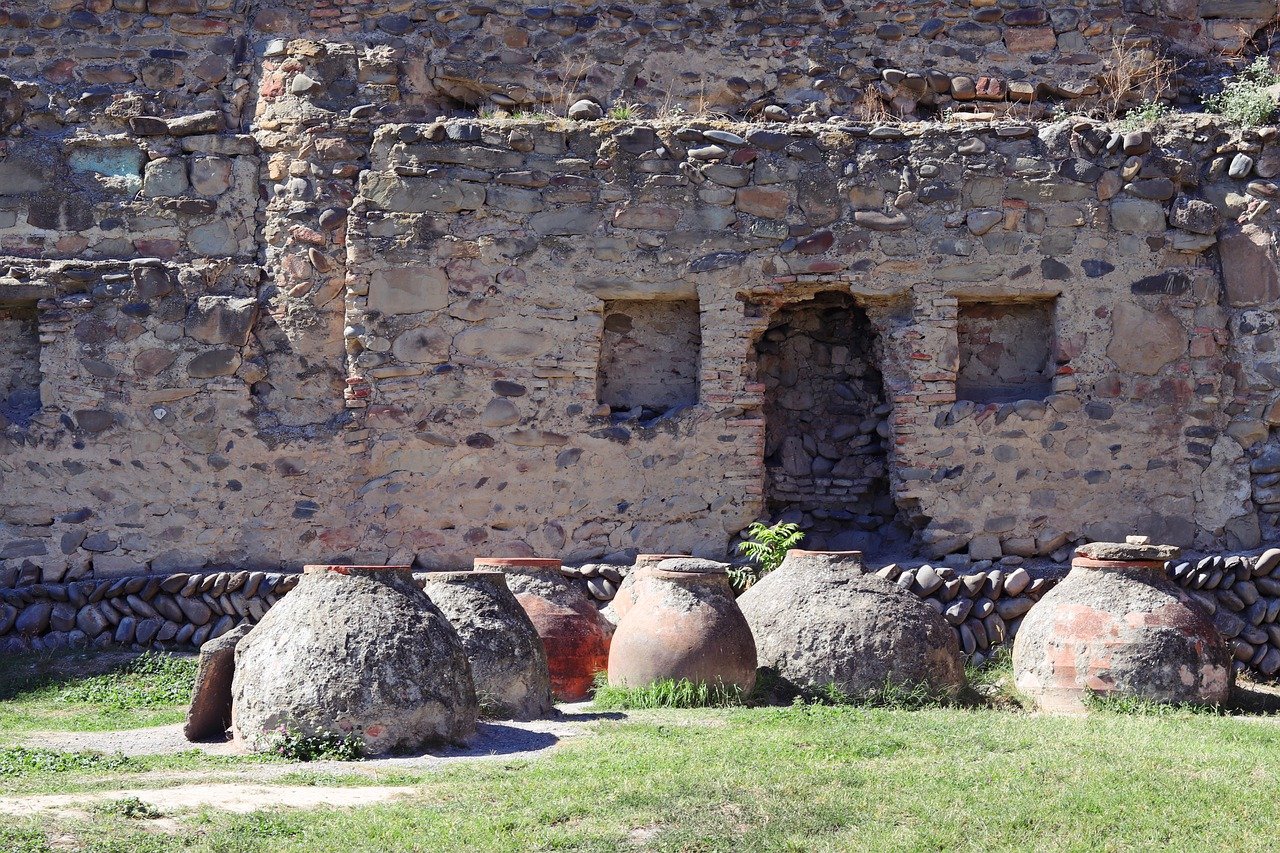
Kvevri – Image par Svetlbel de Pixabay
There are 9 major wine regions in Georgia. Khakheti is the one region that produces 70% of all wine made in the country. It is located in the Eastern part of the country and has a moderate climate and rainfall. The soil is a mix of chock, clay and sand and is iron rich. The iron gives it a reddish/brown tint making it look like cinnamon that’s why it is called cinnamomic. It gives wines of depth of flavour and intense earthiness. Saperavi and Rkatsiteli are the most common planted varieties in Khaheti.
Tsinandali: is a wine appellation in the Kakheti region. It produces mainly white wines made from the grape varieties Rkatsiteli and Kakhetian Mtsvane. The town of Tsinandali is the home of a historic 19th Century winery once owned by the aristocratic poet Alexander Chavchavadze. Its cellars include wine dating back to 1814. Much of the family estate is now a museum and event venue.

Map of Georgia – credit photo Canva
Georgian Grape Varieties
The majority of grape varieties used to make wine in Georgia are indigenous. This means that they can only be found in Georgia. Rkatsiteli is a white grape that is usually mixed with Mtsvane (another white) to produce the highly prized Tsinandali wine. It gives wines that have high acidity and are balanced with green apple, quince and white peach aromas. When Rkatsiteli is fermented in a Qvevri the wines are more complex and intense.
Saperavi is the most famous Georgian red grape variety. It makes red, deep and inky wines. It is one of the world’s very few wine grapes that have coloured flesh. It is mostly planted in the Kakheti region where it produces wines with intense colour and flavours of dark berries, liquorice and grilled meat, tobacco and chocolate.
All wines reviewed below can be found online here.
Image par Svetlbel de PixabayTsinandali | Tsinandali Estate – Prince Alexander Chavchavadze 2017
The Tsinandali Estate is located in the region of Kakheti in the east of the country close to the capital. It is one of the most important wineries in the country as it was the place where Prince Alexander Chavchavadze, a white Burgundy lover and poet, built a winery in order to experiment with the European ways of winemaking that is using oak barrels to ferment and age Georgian varieties Rkatsiteli and Mtsvane. His project was a success and his wines became famous.

Tsinandali | Tsinandali Estate – Prince Alexander Chavchavadze 2017 – credit Maria Zioga
The wine is a white blend of Rkatsiteli and Mtsvane. It spent 12 months in French oak and has a medium golden colour. It shows white flowers, orange blossom, lemon, pear, apple, ginger, a subtle minerality and oaky aromas of vanilla, cream and butter in the nose. In the mount it is dry with medium acidity, full body and a fruity finish.
Alcohol at 12.5%
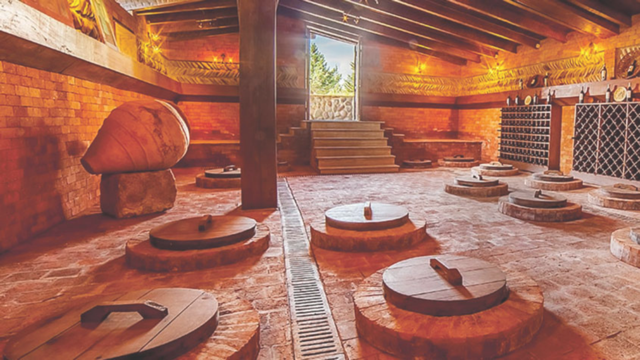
Kvevri (old barrel) – credit photo Canva
Orgo| Rkatsiteli Qvevri | Khakheti 2018
Orgo is an artisanal winery located in eastern Georgia in the Kakheti region. They specialise in Qvevri wines made with grapes of old vines that are at least 50 years old. Vineyards are located at 450-550m altitude and have black slate and clay – limestone mix. The climate in the area is dry with cool nights and hot days in the summer. Low yielding old vines, between 50 and 80 years, give more concentrated, unique wines.

Orgo| Rkatsiteli Qvevri | Khakheti 2018 – credit Maria Zioga
This wine is made with 100% Rkatsiteli and spent 6 months in a Kvevri with skin contact for 4 months. It has a deep amber colour and aromas of dried apple, hazelnut, apricot, plum jam and earth. It is dry with medium acidity and some discernible tannins in the mouth a full pleasant body and pronounced flavours of dried apricot and apple.
Saperavi Qvevri | Duruji Valley 2015
The winery was established in 1533, and grows grapes on the flanks of the valley alongside the Duruji River, hence its name. It is in the heart of the Kakheti region. The terroir is mainly composed of black shale, which gives the wine a degree of acidity, some minerality and softer tannins. The domain produces various wines of quality made in qvevris. Some of the wines produced in the estate are aged in Caucasian oak barrels, resulting in more discreet woody notes than French oak.

Saperavi Qvevri | Duruji Valley 2015 – credit photo Maria Zioga
The wine is made from 100% Saperavi and has been aged in Kvevri with skin contact for 6 months and finished 12 months in Caucasian oak. It has a deep ruby colour and lovely aromas of red forest fruit, plum and blackberries, black cherries, blackcurrants, liquorice, smoke, wood, caramel. In the mouth it is dry with round tannins, full body and a long, fruity finish.
About the author:
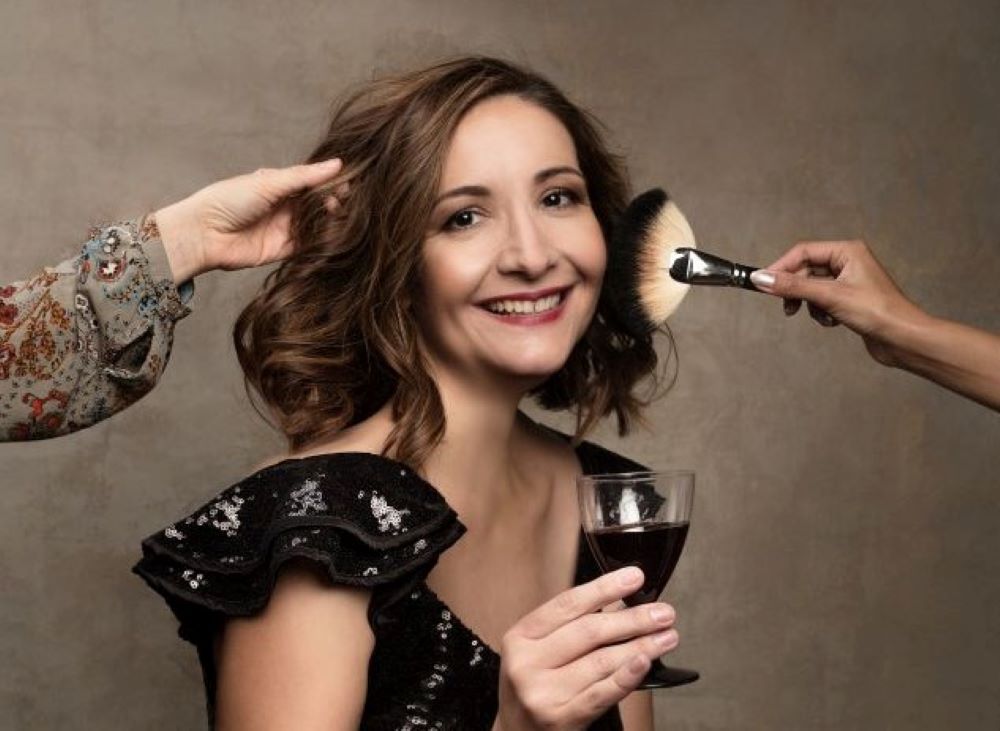 Maria Zioga was born in Greece but spent most of her life living abroad. She studied Political Science and Media and Communication at the London School of Economics and worked alongside the Greek Minister of Finance for 3 years. However, it was wine that captured her heart and became her passion. She is passionate about making wine accessible to everyone and loves teaching about it through fun yet informative seminars. She holds the WSET Level 3 certification and will be starting the WSET Diploma soon. In April 2019, she founded the Geneva Wine Society. She organises wine tastings and wine events in Geneva as well as online. Maria has lived and worked in various countries over the past 20 years and is a proud mom of a very active 3 year old boy.
Maria Zioga was born in Greece but spent most of her life living abroad. She studied Political Science and Media and Communication at the London School of Economics and worked alongside the Greek Minister of Finance for 3 years. However, it was wine that captured her heart and became her passion. She is passionate about making wine accessible to everyone and loves teaching about it through fun yet informative seminars. She holds the WSET Level 3 certification and will be starting the WSET Diploma soon. In April 2019, she founded the Geneva Wine Society. She organises wine tastings and wine events in Geneva as well as online. Maria has lived and worked in various countries over the past 20 years and is a proud mom of a very active 3 year old boy.
Facebook
Instagram: www.instagram.com/vinum_lore_ & www.instagram.com/genevawinesociety

